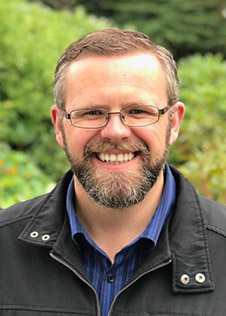New University of Otago research into tell-tale markers of cancer cells could help doctors identify whether the cells are more likely to spread to other parts of the body.
The impact of that knowledge could give doctors and patients a clearer idea of how aggressively the cancer cells spread and therefore inform treatment options.
The research was published this week in international journal Clinical Epigenetics.

Dr Euan Rodger
Co-lead author Dr Euan Rodger, a Research Fellow in the University's Department of Pathology, says early detection of how quickly a cancer is spreading could lead to significantly better outcomes for patients.
In the majority of cases where people die from cancer, it is cancer's ability to spread from one organ to other organs which proves deadly. Being able to track cancer's spread is therefore a key weapon in the fight to treat it, Dr Rodger says.
"In earlier research we discovered some new molecular changes to melanoma cells that made them more likely to spread to other organs.
"In this research, we wanted to see whether those new molecular changes were also present in the cells of other types of cancer and, while it is a bit mixed, in general the answer is yes, they are.
"And that's significant, because we could in the future use this knowledge alongside treatments to help track how well the patient's treatment is working."
The article, Characterisation of DNA methylation changes in EBF3 and TBC1D16 associated with tumour progression and metastasis in multiple cancer types, was published on 5 August.
Other authors on the paper are Dr Aniruddha Chatterjee, Dr Peter Stockwell and Professor Michael Eccles, from the University of Otago's Department of Pathology.






